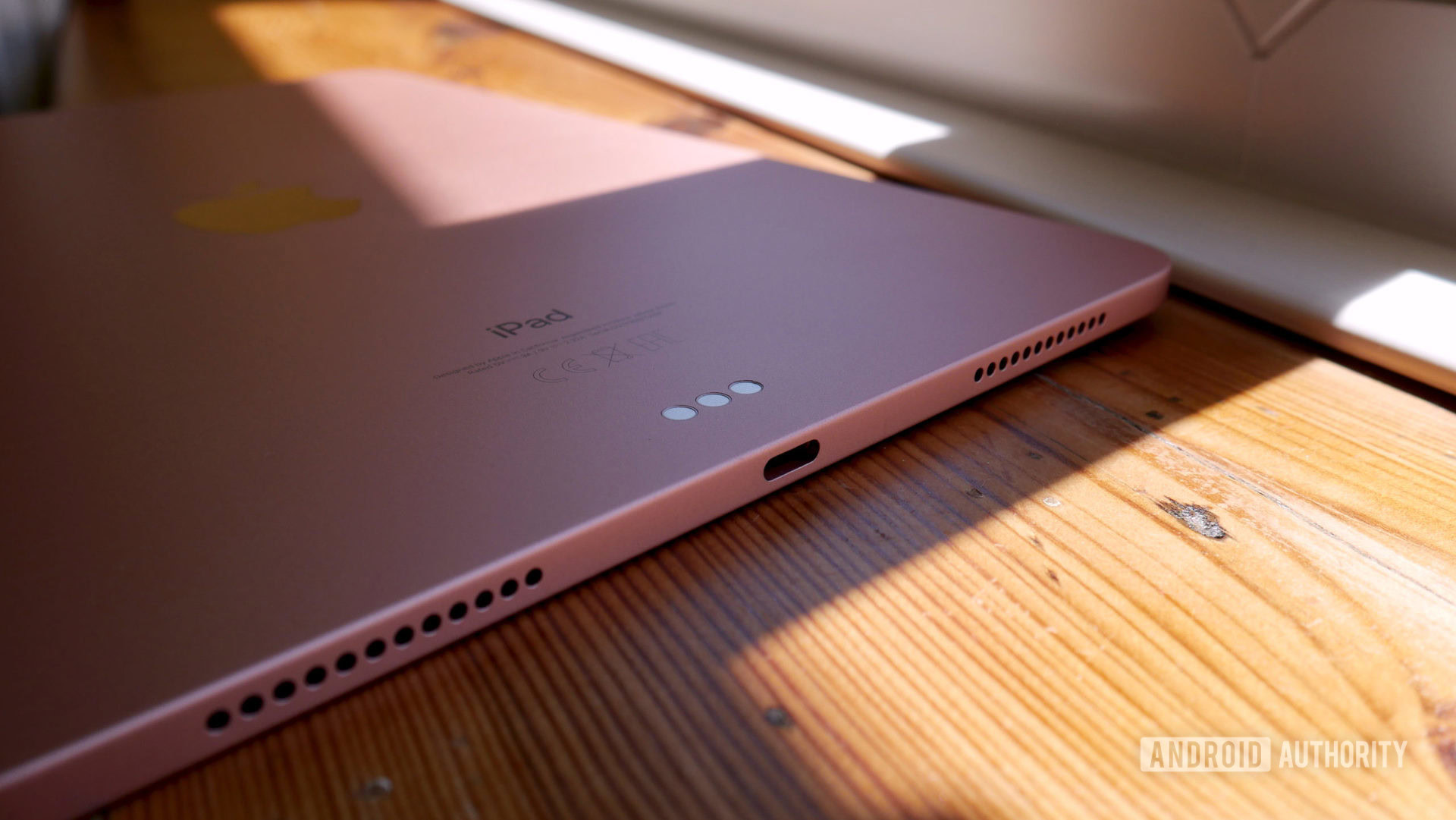Affiliate links on Android Authority may earn us a commission. Learn more.
How to connect your iPad to iTunes
Published onMarch 30, 2023
There’s increasingly less reason to sync an iPad with a Mac or Windows PC, given the rise of streaming and cloud storage services, not to mention iCloud backup. Some people even use an iPad in place of a computer. Others enjoy large offline music and video libraries however, and adding offline backup can create better peace of mind. Below, we’ll explain how to connect your iPad to Apple’s iTunes.
JUMP TO KEY SECTIONS
How to connect your iPad to iTunes
On Windows PCs

- If it isn’t already installed, download iTunes from the Microsoft Store.
- Open the app and check that your library is in order. That includes importing any music and video you want to sync, and making sure it’s properly tagged — a music collection with inconsistent artists, albums, and genres is both ugly and chaotic. You should also eliminate any duplicate files.
- Connect your iPad to your PC via a USB cable. If one or both devices ask for file permissions (e.g. “Trust this Computer?”), grant them.
- In iTunes, click on your iPad’s icon when it appears near the top of the window.
- In the sidebar, select each category you want to sync and choose appropriate settings. Under Music, for example, you’ll probably want to toggle Sync Music, but switch from Entire music library to Selected playlists, artists, albums, and genres unless you don’t have many tracks.
- Once every category is ready, click the Sync button towards the bottom of iTunes. First-time sync can take a while, so be patient. You can check progress in the top toolbar, and used storage in the bottom bar.
- Optionally, in the Summary view, you can toggle Automatically sync when this iPad is connected and/or Sync with this iPad over Wi-Fi. Be warned that regular Wi-Fi sync can drain your iPad’s battery when it’s not plugged in. The Summary view is also where you’ll find offline backup controls.
On Macs
iTunes sync functions have been integrated into Finder since macOS Catalina (10.15). The process is similar to using the Windows iTunes client, however.
- Connect your iPad to your Mac using a USB cable.
- Open Finder, and select your iPad in the sidebar.
- In the button bar, go through each content type and select what you plan to sync. Note that if you use Apple Music and/or iCloud Photos, your music and photos may already be synced. As on Windows, it’s worth doublechecking that your library is well-tagged.
- If you want to sync a particular content type, toggle on Sync [content] onto [iPad name]. Otherwise, turn it off.
- Once every category is ready to go, click Apply. Wait for sync to complete.
- Optionally, under the button bar’s General menu, toggle Automatically sync when this iPad is connected and/or Show this iPad when on Wi-Fi. Be warned that frequent Wi-Fi sync can drain your iPad’s battery when it’s not plugged in.
Why won’t my iPad connect to iTunes?
There are two likely causes, the biggest being that you didn’t grant permissions on one or both devices. Your iPad, for instance, should show a “Trust this Computer?” pop-up. If you don’t tap Trust, your iPad might as well be invisible. You can force permission options to re-appear by reconnecting your iPad.
The second is that a USB port or cable is damaged, dirty, or doesn’t support data. Some USB ports and cables are only intended for charging. If data isn’t flowing, trying different connections may do the trick. Make sure the port on your iPad is clean, too — it could be clogged.